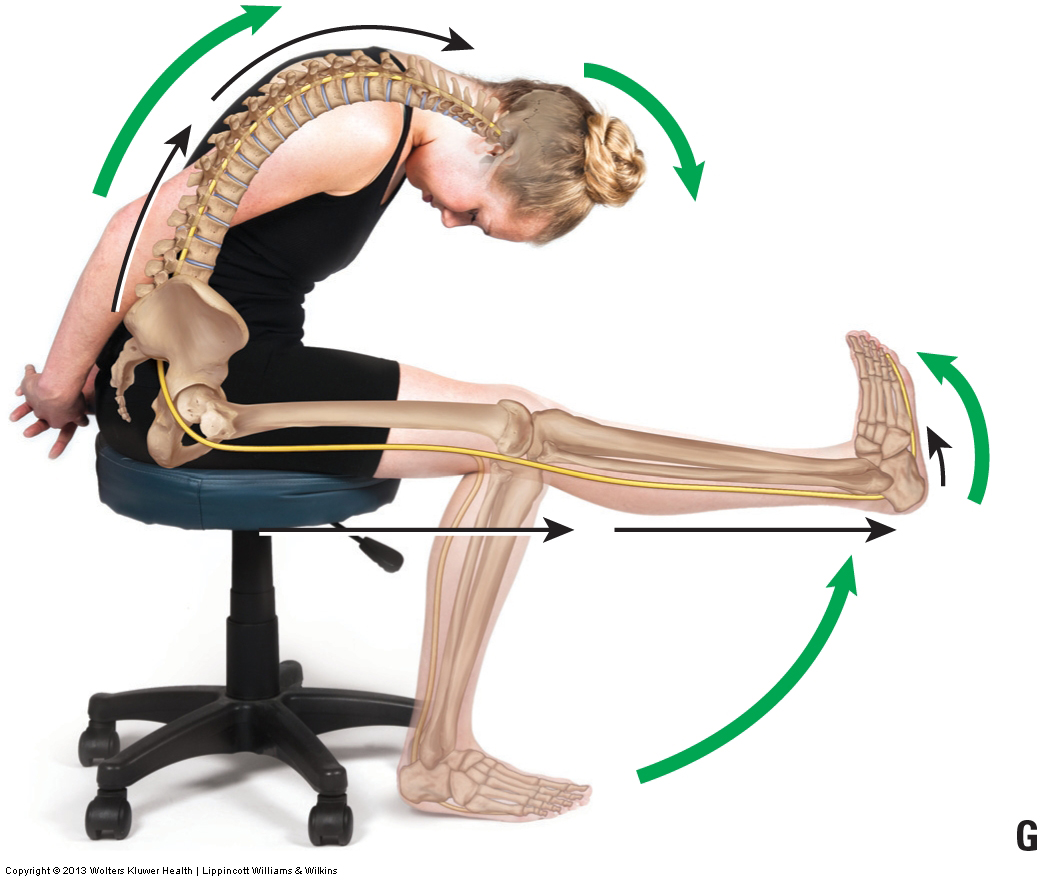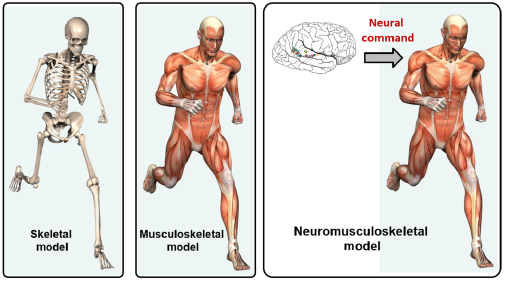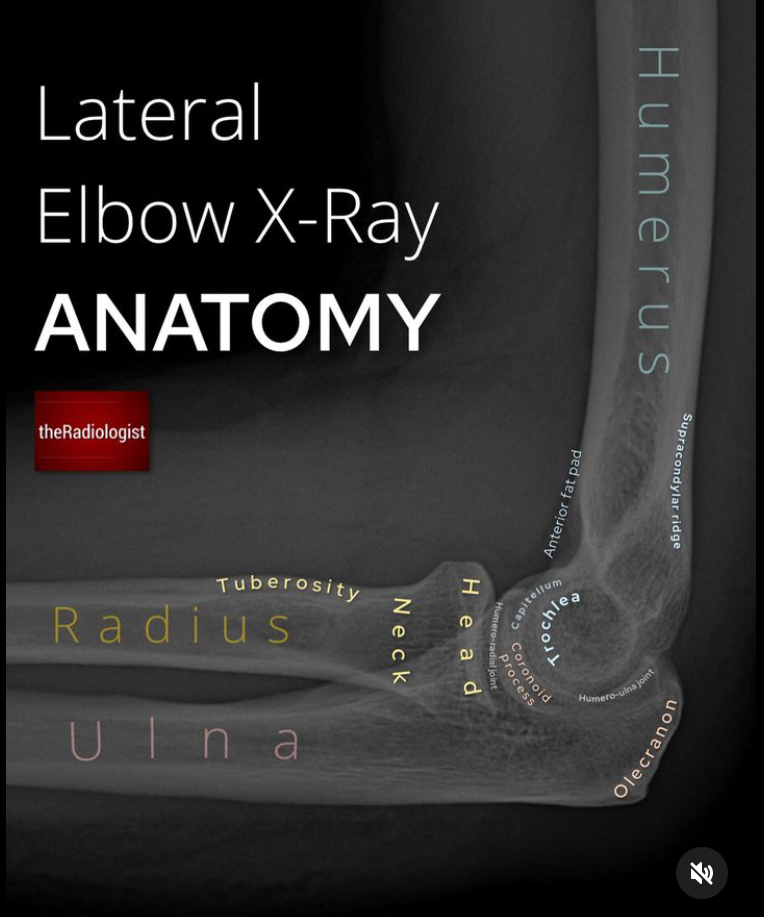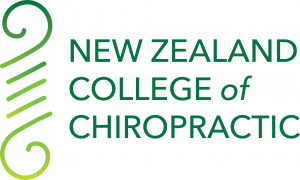- Teacher: Jenna Duehr
- Teacher: Jens Duehr
- Teacher: Nitika Kumari
- Teacher: Jodie Blackbourn
- Teacher: Murray Findlay
- Teacher: David Ham
- Teacher: Trevor Harbrow
- Teacher: Matthew Sherson

To develop skills in professional behaviour, interactions, and demeanour; diagnosis; clinical history taking; regional examinations; orthopaedic testing (spine, upper and lower limbs); physical examinations (spine, upper and lower limbs).
- Teacher: Avnit Chopra

To explore and critically analyze key concepts of the philosophy of chiropractic and fully integrate the principles into practice
- Teacher: Chris Ramsay

This course develops the student’s ability to utilise a deductive diagnostic strategy to generate differential diagnoses, working diagnoses, and a management plan when evaluating patients. This course also integrates a previous understanding of history taking, physical examination, and pathology to determine an appropriate history, evaluate physical examination findings, and create a management plan, collaborating with other health professionals as needed.
- Teacher: Alice Cade
- Teacher: Avnit Chopra

To introduce the fundamentals of radiographic interpretation with emphasis on normal radiographic anatomy of the spine and extremities. Radiographic presentation of anomalies, developmental variants, and evaluation of generally accepted radiographic lines and measurements are also introduced. This is the foundation component to identifying pathologic conditions via various diagnostic imaging modalities. In addition to radiographic interpretation, it will provide the students with a thorough and practical understanding of the important fundamentals of radiographic positioning and factoring involved in producing high quality diagnostic radiographs consistent with the role of chiropractors.
- Teacher: John Bassano
- Teacher: Pei Shen Tay
- Teacher: Katlyn Tulissi
